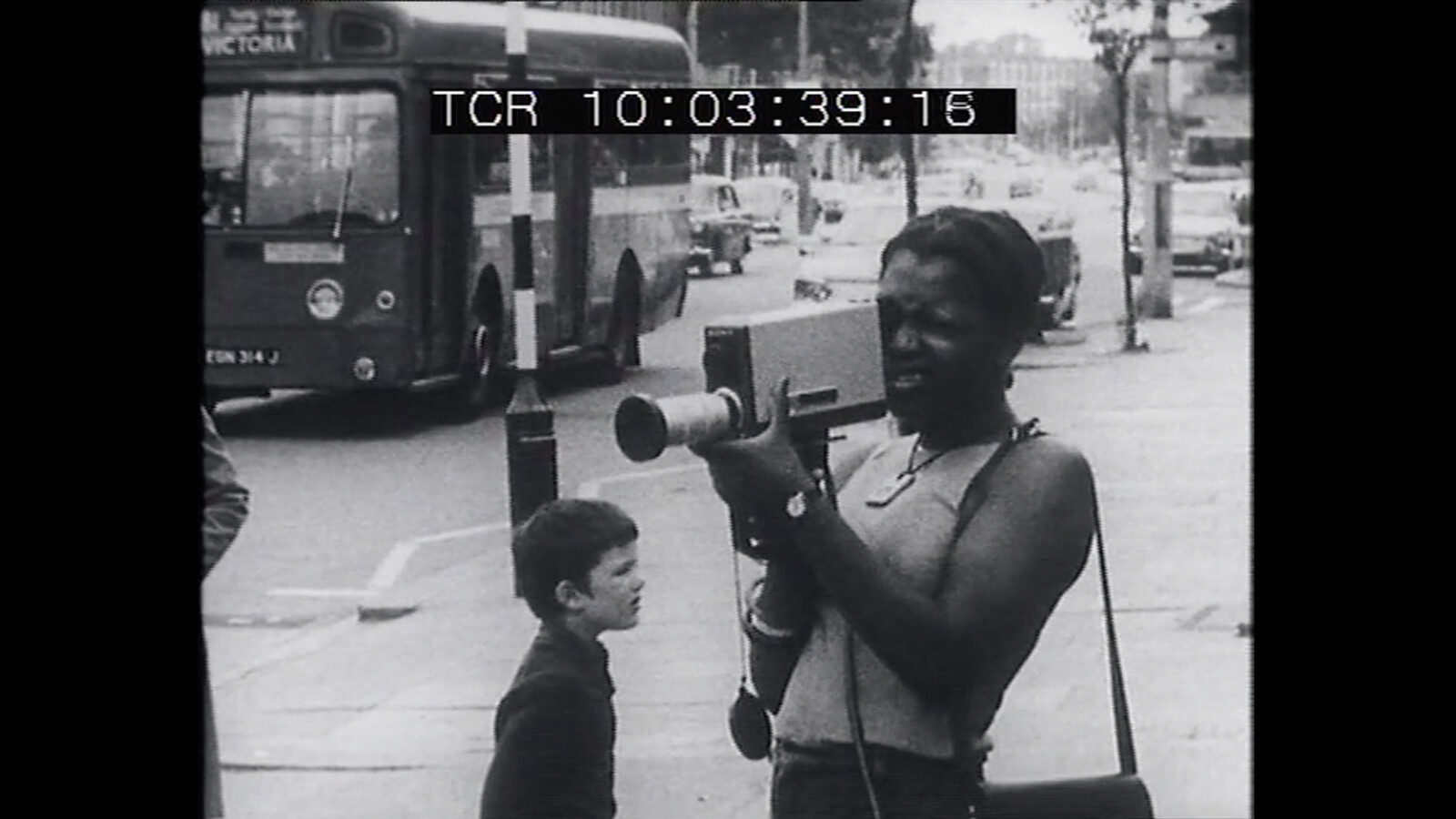Art & Education presents the new Classroom programs “Imaging Dissent: Towards Becoming a Common Subject,” curated by Werker Collective, and “Dancing in Museums: A Decade of Movement,” curated by Siobhan Burke.
Imaging Dissent: Towards Becoming a Common Subject
Curated by Werker Collective
“Between 1844 and 1846 in London, just after the First Industrial Revolution, W. Henry Fox Talbot published a book captivatingly titled The Pencil of Nature. In it, he described the potential uses of the recently invented negative-positive photographic process, such as its capacity to create evidence to be used in court and to produce prints of plant leaves for scientific study. But Fox Talbot also introduced the social aspects of photography, like portraiture and the representation of daily life, and noted the unequivocally amateur vocation of the medium, given its near-universal ease of operation.
Less like a pencil of nature and more like a shovel of extraction, the invention of photography paralleled the emergence of other technologies in the nineteenth century that accelerated the speed with which natural resources were appropriated for the accumulation of capital. Water and steam provided the relentless motion that structured the lives of the working class. In 1830, the workday ranged from ten to sixteen hours in a six-day working week; no time was left for the working class for leisure outside the polluted cities, nor for self-organization. The bourgeoisie deployed the technology of photography to develop an archive of “truth” and expand its privileges over the world’s populations, natural resources, and biodiversity. This instrumentalization occurred in tandem with the instrumentalization of the bodies of the working class. New technologies of production developed alongside infrastructures of knowledge that legitimized the authority of the systems in power and reduced the capacity of the working class to revolt.” [read more]
Featuring films from Leo Seltzer, Joris Ivens and Henri Storck, Tony Wickert and Ron Orders, Péter Dobai, Nick Deocampo, Barbara Hammer, and Marine Hugonnier; a documentary on migrant workers; an interview with Bruno Muel; and a lecture by Ariella Aïsha Azoulay.
Dancing in Museums: A Decade of Movement
Curated by Siobhan Burke
“Once about ten years ago, I danced in a museum. I had forgotten about this until recently, when, in gathering material for this series, I came across a YouTube video of the choreographer Melinda Ring’s Mouse Auditions at the 2010 Whitney Biennial. The footage shows performers taking turns in front of a mirror, fashioning plastic bags around their heads in the shape of mouse ears. This transformation was part of the show, a staged audition for an imaginary adaptation of Franz Kafka’s The Metamorphosis, interpreted by a cast of mouse-people. The deliberately chaotic work took place atop the platforms of Martin Kersels’s 5 Songs—a sculpture built as a site for live performance—in the museum’s lobby gallery, where visitors could pause on their way to somewhere else.
I don’t remember the details of my role, just that it involved as much improvised squealing as movement (if not more), and that as a twenty-three-year-old freelance dancer, I was happy to add to my résumé that I had performed at the Whitney Museum. The roughly two-hour gig wasn’t paid, but I had a full-time day job, so the experience or exposure or prestige, I must have told myself, was compensation enough. I imagine that by staging an audition for unpaid performers, with no rehearsal time required, Ring was seeking a creative way to work within whatever limited budget the Whitney had provided. (The biennial is not known for its generous artist fees.)
I realize now that Mouse Auditions embodied many of the power imbalances inherent to dancing in museums, just as dancing in museums was emerging as a newly popular practice, not yet widely discussed. There we were, our bodies and voices ‘activating the space’ (to use a ubiquitous, often misleading curatorial term), conjuring up an ephemeral experience—in contrast to the collectible artwork of our sculpture-stage—for the non-monetary reward of association with a wealthy, high-profile institution. These and other dynamics of presenting dance in the museum, not unique to Ring’s work, were ripe for conversation; they have since become subjects of panel discussions and symposia, academic articles and books, online commentary and mainstream press coverage.” [read more]
Featuring performances from Merce Cunningham, Trisha Brown Dance Company, Sarah Michelson, Showtime NYC, and Yvonne Rainer; lectures by Thomas DeFrantz, Jonah Bokaer, Judy Hussie-Taylor, Mark Franko, and Ralph Lemon; and video for Sarah Wookey’s “Open Letter to Artists.”
Classroom features thematically organized lectures and conversations chosen by artists and thinkers on issues relevant to their practice and contemporary artistic discourse.





